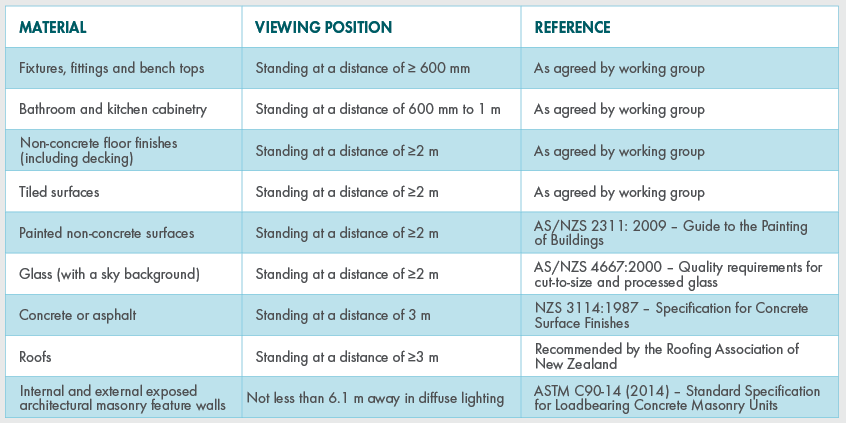Guide to help identify defects
03 Nov 2015, Building and housing, Business Tips, Featured, LBP & Regulation, Prove Your Know How

MBIE’s latest guidance aims to resolve common areas of dispute between contractors
and homeowners
The Guide to tolerances, materials and workmanship in new residential construction is now available. Prepared by the Ministry of Business, Innovation and Employment (MBIE), it aims to assist contractors and homeowners, who may be unsure of what constitutes a defect within the Building Act 2004.
This guide focuses on issues that can lead to disputes between building contractors and homeowners, but
which fall outside the Building Code, contract documentation and manufacturers’ specifications and installation instructions.
It outlines what constitutes acceptable levels of workmanship in standard domestic construction types under normal conditions, and is targeted at new residential building work.
Consumer protection measures
The guidance was written with advice from the industry and supports the new consumer protection measures in Part 4A of the Building Act, which came into law on 1 January.
Under the new consumer protection measures, a 12-month defect repair period starts from:
- the completion of the building work under a written contract, or
- the completion of the physical building work, in cases where there is no written contract.
During this time, it is the main contractors’ responsibility to fix any defects, or prove that any defective building work is through no fault of their own, the subcontractors under their control, or the products supplied if there is a dispute.
What’s covered?
The Guide to tolerances, materials and workmanship in new residential construction covers mainly aesthetic issues (eg, what is considered a reasonable slope in a floor, or what is an acceptable appearance for a newly painted wall) in new builds and additions at any price, whether or not the consumer protection measures and $30,000 threshold apply.
The guide does not cover tolerances for repairs, renovations, or alterations within existing buildings. Tolerances for existing buildings are likely to be below those achievable with new buildings. There are a number of reasons for this, including the nature of the materials used in existing buildings and the effects of both time and natural events.
It is also a great tool to make sure clients understand and agree what acceptable levels of tolerances, materials and workmanship are for new residential building work. It can be used before contracts are signed, to help align expectations of quality with choice of design, materials, finishes and costs.
The Guide to tolerances, materials and workmanship in new residential construction is not a mandatory set of standards. Contractors and clients can mutually agree to their own expectations, preferably within their written contract.
Assessing Workmanship
While some aspects of materials and workmanship can be measured (eg length, height, depth, angle and scale), other aspects, such as variations in texture, colour, transparency, reflectivity and finish, should be observed and assessed while in a normal viewing position. A normal viewing position is at an unobstructed viewing angle of 45° or more, and if indoors with a uniform typical level of lighting (refer to ‘Critical lighting’ below). Normal viewing positions for specific materials are set out in various Standards or recommendations, and include:
Critical lighting
Unless specifically outlined in the contract, imperfections that are only visible under critical light do not indicate defective workmanship. Critical lighting occurs when sunlight or an intense artificial light source strikes a wall or other flat surface at a low angle, typically 15° or less. Because of the low angle of the light, any small variations or irregularities on the surface cast a relatively large shadow. This can highlight imperfections that would not normally be visible under more diffused lighting conditions.
Critical lighting occurs naturally for a short period each day, typically 30–60 minutes in the early morning and late afternoon when the sun is low in the sky. It is common practice to use high output lighting to accentuate areas requiring attention during the construction phase, but this level of lighting is not suitable for performing a subjective visual inspection of interior surfaces.
Find out more about the consumer protection measures at doyourhomework.co.nz, and download your copy of Guide to tolerances, materials and workmanship in new residential construction at http://www.building.govt.nz/guide-to-tolerances.
Register to earn LBP Points Sign in




